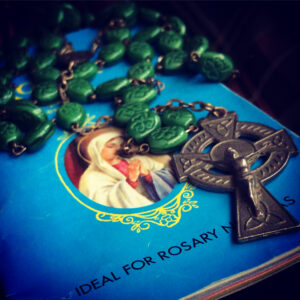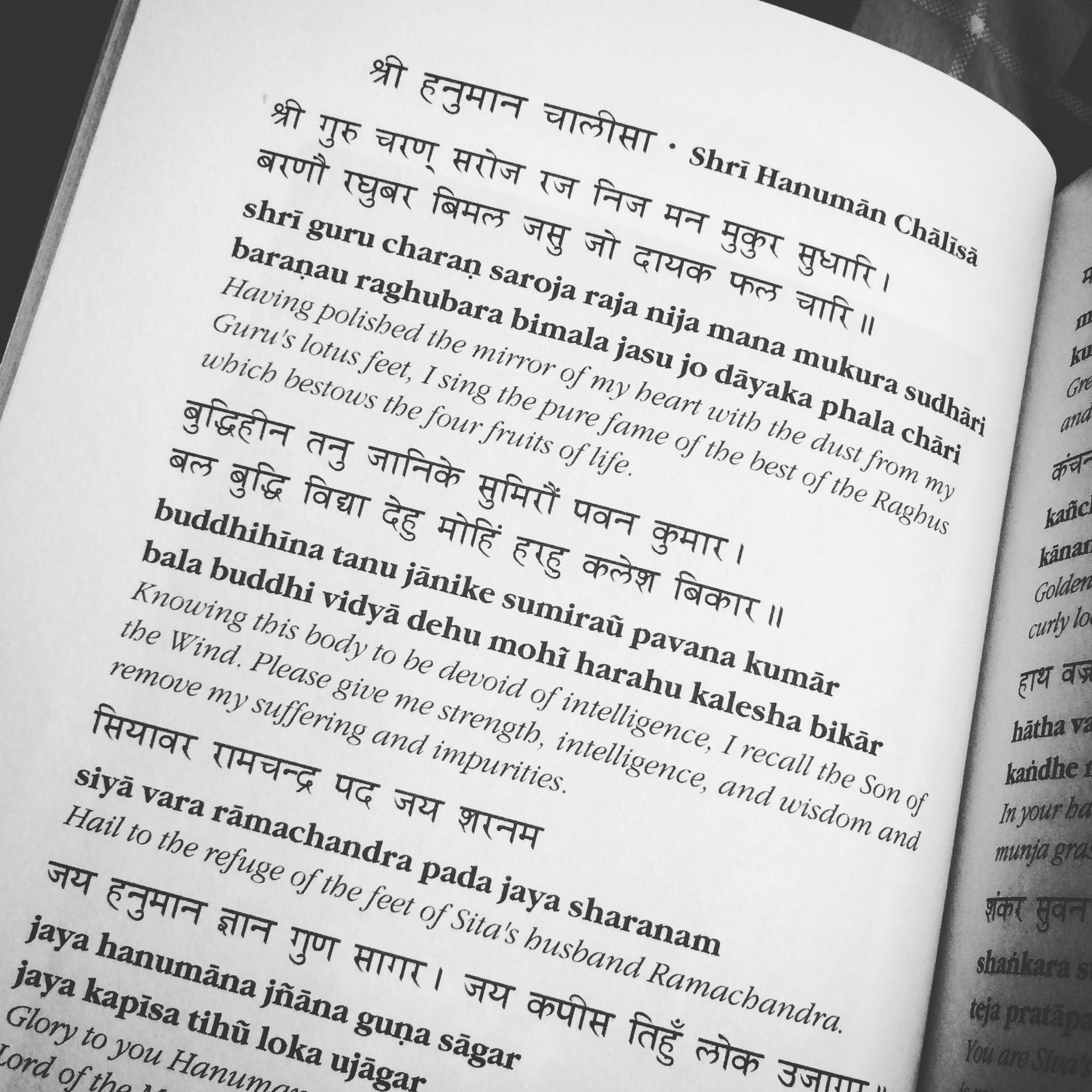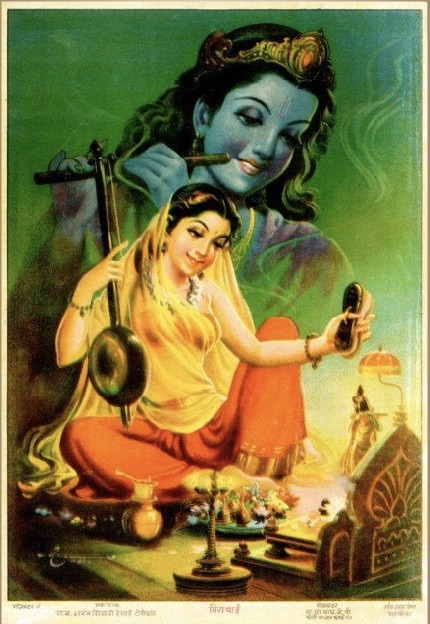On Tuesdays and Saturdays, it is my habit to sing the Hanuman Chalisa as part of morning devotions. I learned this beautiful prayer during the early days of the pandemic, listening to livestreams from Devadas.
Here is one of my favorite of Shri Tulsidas’ stanzas.
rāma duāre tuma rakhavāre
hota na ājñā binu paisāreYou are the guardian at the door of Ram’s abode, no one enters without your leave.
Hanuman is the personification of devotion. This verse tells us that without devotion, we cannot approach the indefinable, imperishable, unchanging state of consciousness that we usually refer to as God.
I would highly recommend this commentary from Paramahamsa Prajnanananda if you’d like to learn more about this powerful prayer.
If you’d like to learn the words and chant along, here are links to transliterations and English translations.
Hanuman Chalisa (Nina Rao’s Website)
Hanuman Chaleesa (Krishna Das Website)
राम राम
 “A Very Powerful Prayer”
“A Very Powerful Prayer”

 I was introduced to the Divine Office by a lifelong friend who is a Catholic Priest. From time to time he has come to visit our family for a few days, and he always brings several beautifully bound large volumes with him for his daily prayers. I was fascinated and intrigued by all of the ribbons and the elaborate process involved, but thought of this prayer as a somewhat arcane practice, reserved for the clergy.
I was introduced to the Divine Office by a lifelong friend who is a Catholic Priest. From time to time he has come to visit our family for a few days, and he always brings several beautifully bound large volumes with him for his daily prayers. I was fascinated and intrigued by all of the ribbons and the elaborate process involved, but thought of this prayer as a somewhat arcane practice, reserved for the clergy.